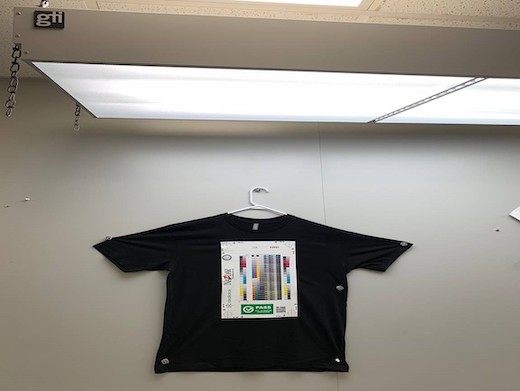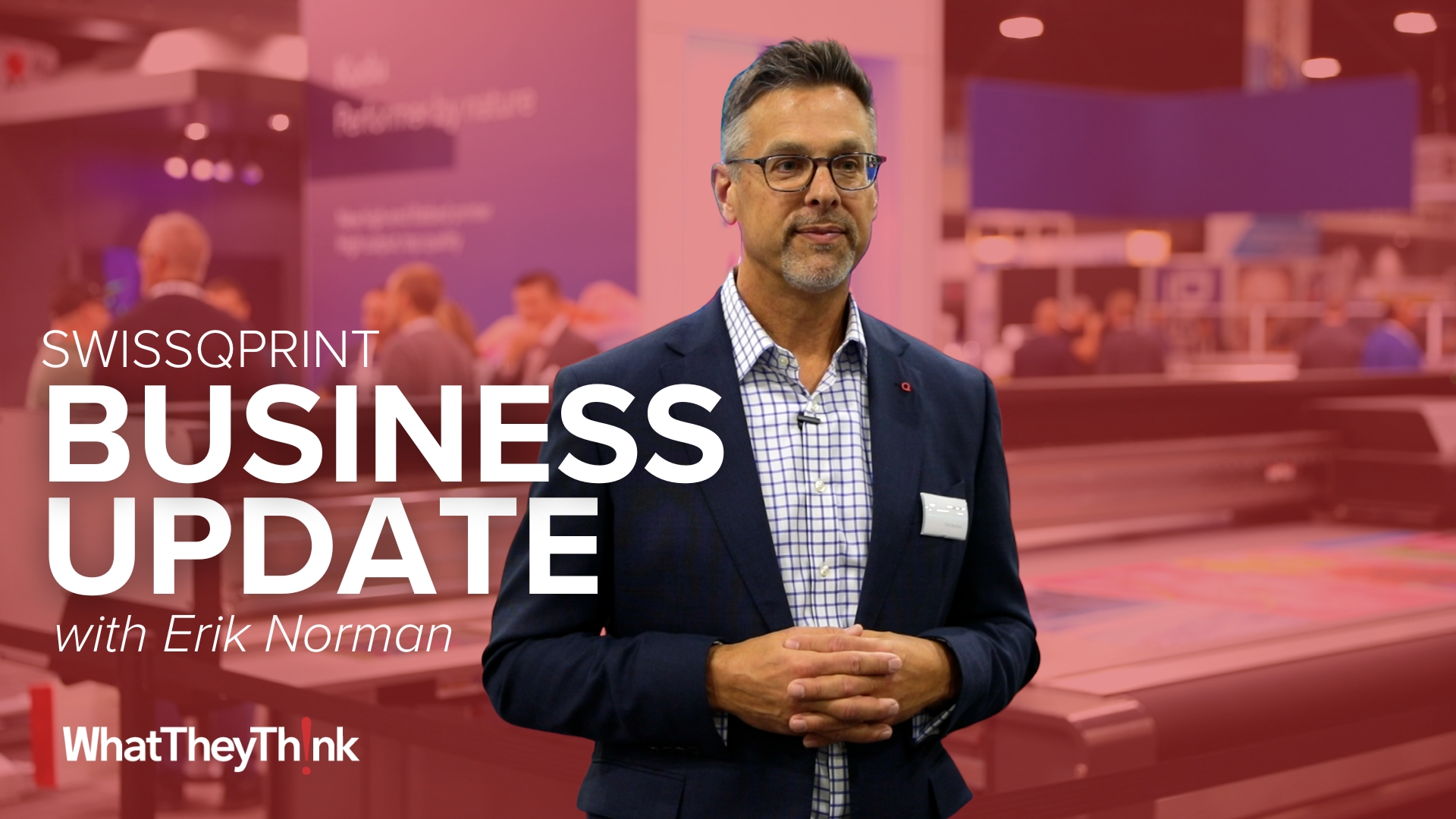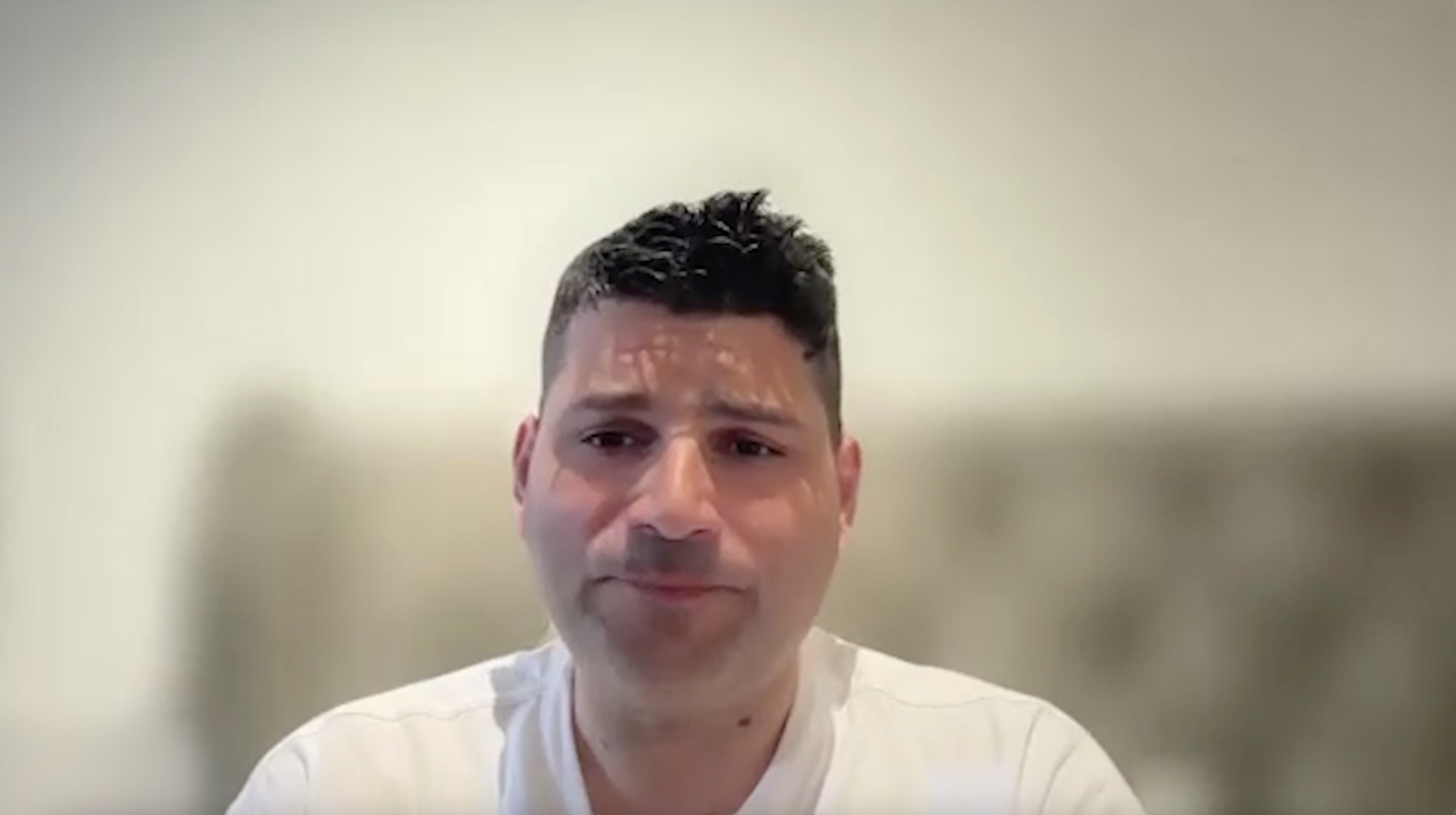Nazdar Announces Qualification of First DTG-Printed T-Shirt in G7 Methodology of Color Control for Gray Balance
Press release from the issuing company

Nazdar's technical service group demonstrates that three different DTG printers can all achieve a G7 qualified print.
Shawnee, Kan. – Nazdar Ink Technologies has announced that its technical service group has qualified the first Direct to Garment (DTG) printed T-Shirt in the G7 methodology of colour control for grey balance. DTG is the newest category for G7 qualifications by IDEAlliance.
G7 is the colour control methodology that achieves colour similarity across all print processes. The method balances the four primary process printing colours, CMYK and their three overprints RGB (the 7 in G7) to achieve neutral grey (the G in G7) in a raster image. This methodology was created in 2006 by Don Hutcheson and used primarily by the offset lithography printing process at that time.
In 2008, Nazdar Consulting Services introduced the G7 methodology to the screen and wide format graphic ink jet printing processes as the best way to achieve a common appearance in images when printed on different substrates, using different printing processes. This was a big departure from the existing printing specifications (SNAP, GRACoL, and SWOP) which were specific to the offset printing process on a certain grade of paper.
Bruce Ridge, Director Technical Services at Nazdar Ink Technologies explains: "The G7 methodology is not a print specification as it does not prescribe how to achieve a result, just the result, which in this case is neutral grey balance in the quarter to three quarter tonal areas of an image and a shared neutral appearance. There are two other levels of G7 conformity that can be achieved, Targeted and Colourspace.
"The focus on the grey balance in the quarter to three quarter tonal areas allows flexibility in substrate and ink deviations. This is critical to the screen and ink jet printing processes where the substrate white point can vary tremendously, and the ink hues may vary from the traditional hue targets originally set by offset inks."
IDEAlliance has established a worldwide network of G7 Master Qualified Printing Facilities for the benefit of brand owners and print buyers that want to get printing done in multiple facilities in different geographic locations that yield printing with a common appearance, print consistency, and efficiency. These are the G7 Master Printing Facilities. There are 17 different areas of qualification for G7 printing, with Inkjet Direct to Garment being the newest of these.
Bruce Ridge continues: "The Direct to Garment process of Inkjet printing directly to T-Shirts brings this area of printing in line with all the other processes that reproduce full colour images using subtractive colour inks.
"The work at Nazdar demonstrates that three different DTG printers can all achieve a G7 qualified print."
For further information on the benefits of G7 qualification, or printing to G7 with a DTG printer, contact Nazdar technical service at [email protected].
- MEGNAJET’S FLUID MANAGEMENT SYSTEMS SUPPORT C-MARX GROWTH
- Kyocera Belharra Photo Printing on the Road to drupa
- Summary of Drupa 2024 inkjet announcements Production Print
- Inkjet driving insourcing for state in-plants
- Real World AI for the Printing Industry
- Harnessing the Power of Synergy: HP High Speed Inkjet and Indigo Liquid Toner Technologies
- KYOCERA NIXKA INKJET SYSTEMS (KNIS) INTRODUCES BELHARRA, THE NEW WAVE OF PHOTO PRINTERS
- New RISO Printing Unit Offers Easy Integration for Package Printing

WhatTheyThink is the official show daily media partner of drupa 2024. More info about drupa programs
© 2024 WhatTheyThink. All Rights Reserved.









Discussion
Join the discussion Sign In or Become a Member, doing so is simple and free